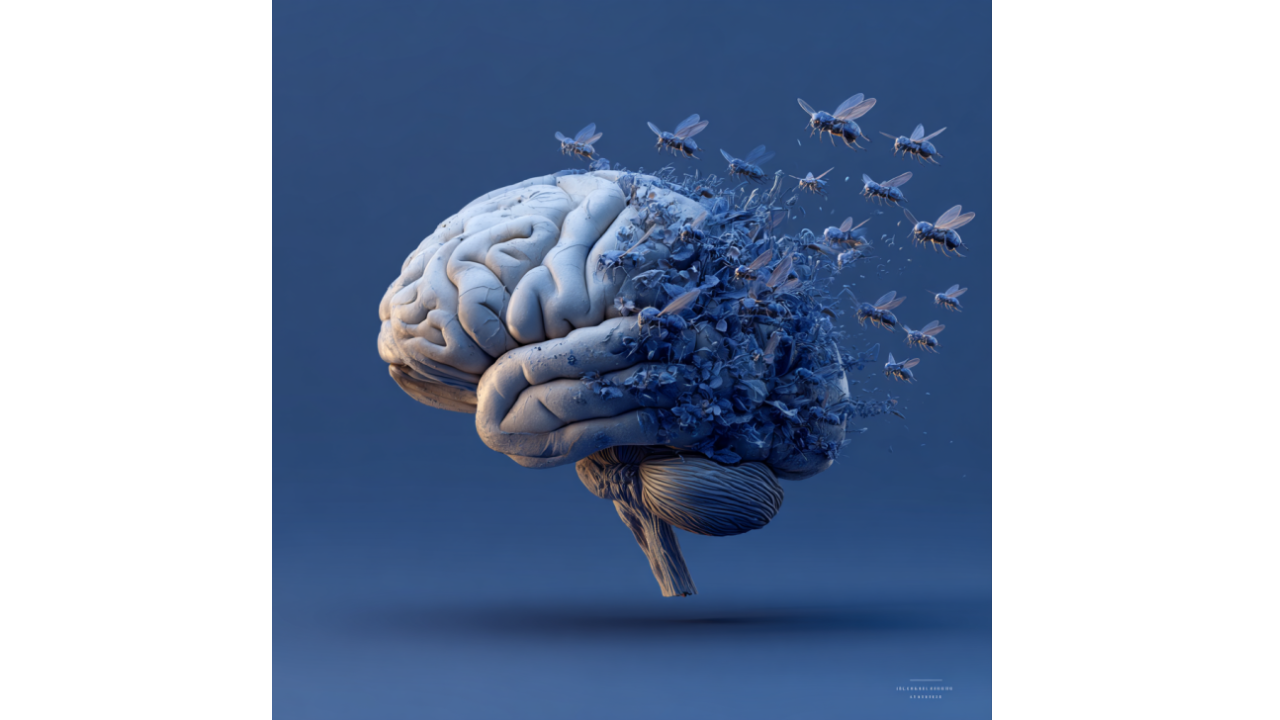OpenArt's "One-Click Story" Feature
OpenArt's "One-Click Story" feature is turning single sentences into viral content, and it's reshaping both internet culture and the economics of...

Google has updated the Gemini app with a feature that lets users upload multiple reference images for a single video generation prompt. The system combines those images with text instructions to produce video and audio output, giving users more granular control over the final result. It's a meaningful technical improvement over single-image or text-only prompts.
It's also a feature that highlights everything uncertain about AI video as a viable product category.
The multi-image reference capability moved from Flow—Google's expanded video AI platform with scene stitching and clip extension—into the consumer-facing Gemini app. Flow still offers higher video quotas and more advanced editing features, but bringing multi-image control to Gemini signals Google believes this is ready for broader use.
Veo 3.1, the underlying model that's been available since mid-October, supposedly delivers more realistic textures, higher input fidelity, and better audio quality than Veo 3.0. Google's claims about iterative improvements are consistent with every other AI video model release: each version is "more realistic," "higher quality," and "better at following instructions" than the last.
Whether any of these models have crossed the threshold into "actually usable for professional work" remains an open question with an increasingly uncomfortable answer.
AI-generated video has a persistent quality ceiling. Even the best outputs from Sora, Runway, Pika, or Veo exhibit telltale artifacts: physics violations, temporal inconsistencies, morphing objects, texture warping, and movement that feels subtly wrong in ways that are hard to articulate but immediately recognizable.
Adding multiple reference images helps with consistency—if you provide visual anchors for characters, environments, or specific objects, the model has clearer targets to hit. But it doesn't solve the underlying problem that these systems still struggle with coherent motion over time, maintaining object permanence, or rendering believable interactions between elements.
The issue isn't just aesthetic. For marketing use cases, corporate video production, or content creation at scale, quality inconsistency is a business liability. You can't build reliable workflows around tools that produce usable outputs 60% of the time and require extensive manual correction or regeneration for the other 40%.
Video generation is obscenely expensive in computational terms. Generating a few seconds of video consumes orders of magnitude more resources than generating images or text. This is why every AI video platform operates on strict quota systems, rate limits, and usage tiers that make AWS pricing look transparent.
Google offering "slightly higher video quotas" in Flow versus Gemini tells you everything about the economics. These companies are burning enormous amounts of compute to produce outputs that users frequently discard and regenerate, trying to hit acceptable quality through brute-force iteration.
The math doesn't favor sustainability. As user demand scales, the infrastructure costs scale proportionally—or worse, since more users means more regenerations as people hunt for good outputs. Unlike text models where inference costs have dropped dramatically, video generation remains stubbornly expensive.
This creates a difficult product question: how do you price a service that costs dollars per generation when users expect to iterate multiple times per final output? Do you charge per attempt and watch conversion rates crater? Do you absorb the costs and hope economies of scale eventually materialize? Do you impose quotas so restrictive that the product feels deliberately hobbled?
Google hasn't answered this question publicly, and neither has anyone else in the space.
Multi-image reference controls help with single-video consistency but do nothing for cross-video consistency. If you're producing a series of marketing videos, maintaining visual consistency across clips—same characters, same environments, same style—requires either identical reference images every time or extensive manual curation.
This isn't a workflow improvement over traditional video production. It's a workflow substitution that trades one set of constraints (filming costs, editing time) for another set of constraints (prompt engineering, reference image preparation, quality checking, regeneration cycles).
For one-off projects or experimental content, that trade might be acceptable. For systematic video production at organizational scale, it's unclear whether AI video offers genuine efficiency gains or just shifts the labor from production to iteration management.
Credit where it's due: multiple reference images per prompt is a real capability expansion. If you're creating a video that needs to depict a specific character in a specific setting performing specific actions, providing visual references for each element increases the likelihood the output will match your intent.
This makes AI video more steerable, which is valuable. It reduces the number of regeneration attempts needed to hit an acceptable result. It gives users more control variables to manipulate when outputs don't match expectations.
But steerability and quality are different problems. You can have a highly steerable system that produces mediocre outputs, or a minimally steerable system that produces excellent outputs. Multi-image control addresses the former. The quality ceiling remains stubbornly in place.
The implied use case for consumer-facing AI video is creators, marketers, small businesses, educators—anyone who needs video content but lacks production budgets or technical expertise. The pitch is democratization: video creation for everyone, not just professionals with equipment and training.
The reality is more constrained. AI video works reasonably well for abstract, stylized, or surreal content where consistency standards are lower. It works for concept visualization, mood boards, or early-stage creative exploration. It works as b-roll filler for specific types of social media content where production values are already low.
It doesn't work well for product demonstrations, testimonials, instructional content, brand storytelling, or anything requiring narrative coherence across more than a few seconds. These categories represent the majority of commercial video demand.
Google positioning this as a Gemini app feature—integrated into their main consumer AI interface rather than isolated in a specialist tool—suggests they believe everyday users will find value in quick video generation for casual purposes. That's probably correct for a subset of users who want to generate meme videos, visualize concepts, or experiment with creative ideas.
Whether that translates to sustained usage and retention is a different question. Novelty wears off quickly. If the output quality doesn't improve dramatically, users will stop generating videos once the initial experimentation phase ends.
AI video is stuck in an awkward product phase. The technology has advanced enough to generate recognizable, sometimes impressive outputs. It hasn't advanced enough to produce consistently professional-quality results that can replace traditional production methods for most commercial applications.
The compute costs remain prohibitively high for free-tier sustainability. The quality ceiling remains frustratingly low for professional adoption. The use cases remain narrow compared to the broad applicability that would justify the resource investment.
Multi-image reference control is an incremental improvement that makes the technology more usable for the narrow set of applications where it already works. It doesn't expand the viable use case territory. It doesn't solve the compute economics. It doesn't break through the quality ceiling.
Google is doing what every company in this space is doing: shipping iterative improvements while hoping the next model generation will be the one that makes AI video genuinely practical. Maybe Veo 4 will be that breakthrough. Maybe it'll take Veo 7. Maybe the breakthrough will come from a different architecture entirely, or maybe video generation will remain a niche capability that never achieves the broad applicability of text or image generation.
For now, we have multi-image controls in Gemini. It's better than what came before. It's not yet good enough to change the fundamental economics or use case limitations of AI video. We're still waiting to see if that moment arrives.

OpenArt's "One-Click Story" feature is turning single sentences into viral content, and it's reshaping both internet culture and the economics of...

Google employees sharing Gemini-generated images, codebase references to "GEMPIX," and a newly discovered "Nano Banana" model in development tools...

1 min read
Google's Asynchronous AI Agent Just Changed the Game for Every Developer Who's Ever Wanted to Clone Themselves Finally. Finally, someone gets it....